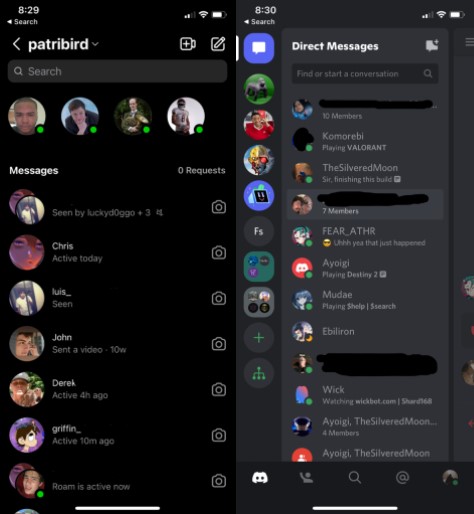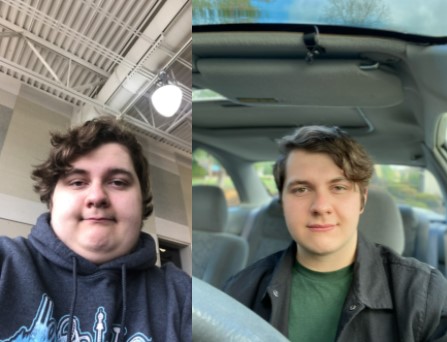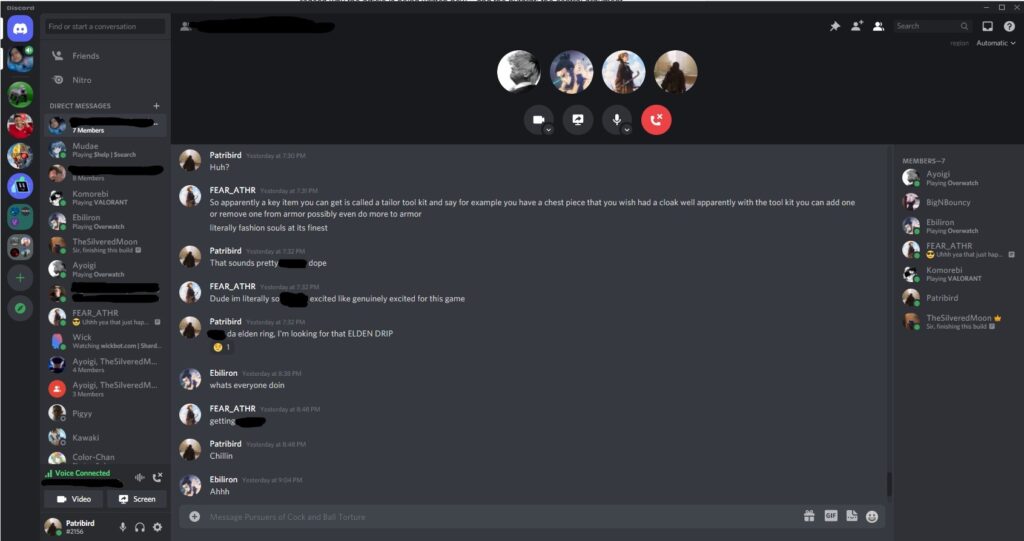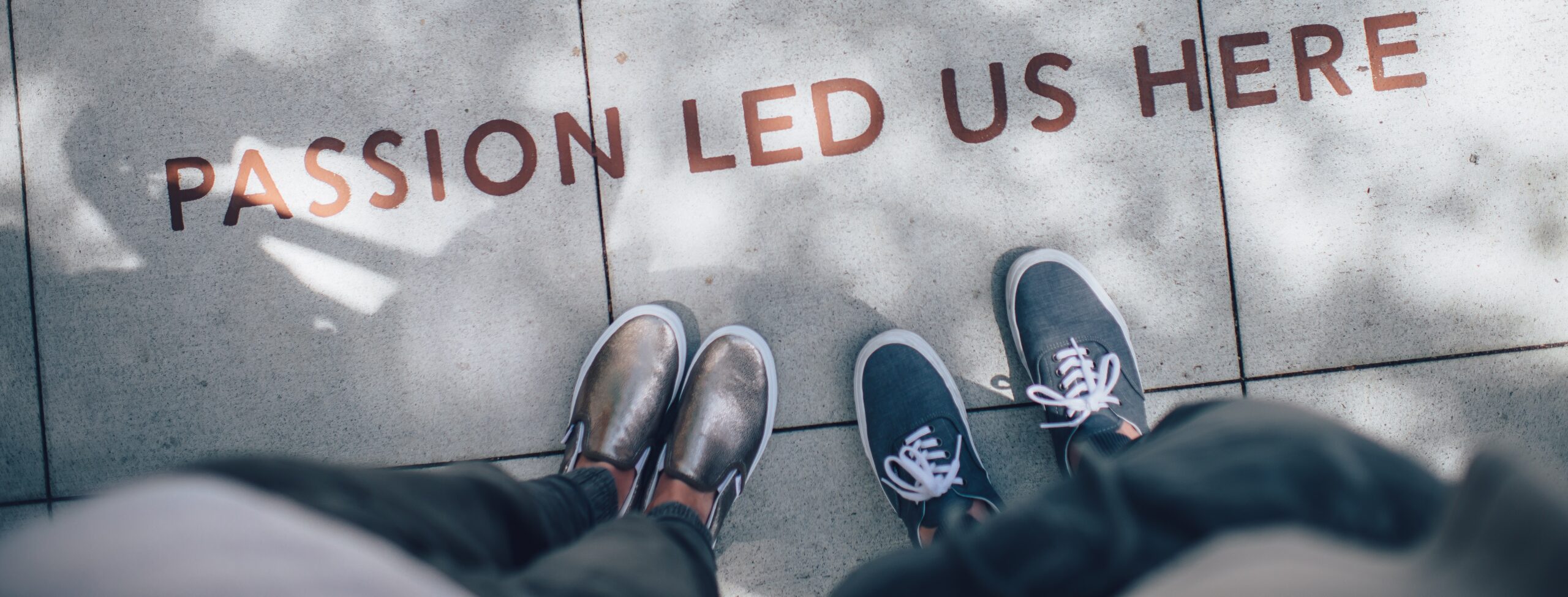Abstract
The effect of social media on the mental health of young adults is massive and young adults must find a balance between their real and online lives. Using autoethnography to examine my relationship with social media and mental health complications, I explore how different platforms can isolate or unite youth, including my own life. Though social media is frequently examined in a negative light, I analyze how it affected me positively and negatively to understand what it takes to achieve a healthy relationship with social media. I came to understand that social media platforms that seek to form communities and subcommunities help to give a sense of belonging to young adults. On the other hand, more algorithm-based platforms can lead to questions of identity and place in social media. However, I also acknowledge that either type of platform can isolate or unite users. Ultimately, I’ve decided that social media is the most beneficial when it is used as a supplement to our social lives, not the solution.
Keywords: Young Adults, Social Media, Mental Health, Community, Isolation, Balance
_______________________________________
Methods of Research and Living in the Social Media Boom
Before jumping into the mental health effects of social media on young adults, I would like to explain autoethnography, my primary method of research. Ethnography is a method of research that involves observing, interviewing, and analyzing the people in a given culture to better understand the culture itself. Autoethnography is expectedly similar to ethnography, however, the research and analysis are conducted by the researcher on themself. Ellis, Adams, and Bochner (2011) wrote an in-depth article giving an overview of the research approach in “Autoethnography: An Overview”. They describe autoethnography as “an approach to research and writing that seeks to describe and systematically analyze personal experience to understand cultural experience” (para. 1). Essentially, autoethnography is a form of self-reflection of an aspect of culture in your life. Over the past few months, I have been observing, analyzing, and reflecting on my relationship with technology as a young adult to better understand how social media fits into my life. As such, the primary source of research comes from the experiences and reflections I have had.
When you think about social media, what comes to mind? Is it the platforms you use to connect with the social world, or the world itself you think of? Perhaps, what comes to mind is traditional media’s portrayal of it as the wild west with cyberbullying, addiction, and danger lurking around every corner. It’s important to distinguish that social media is not inherently evil, nor is it inherently good. I have experienced the lowest of lows and the highest of highs when using social media. Some platforms incentivize the user to build a following around themselves, while others encourage users to form communities. There is a balance that needs to be maintained between the user and the media, however, young adults and teens rarely have the option or experience to mediate their usage. Their mental health may suffer from overexposure or benefit from the connection that social media can offer. Social media is the most beneficial when it is used as a supplement to our social lives, not the solution.
The Dilemmas of Platform and Purpose
For many teenagers, the platform they use to communicate with each other is a means to an end. Social media platforms always go in and out of styles or fail miserably, like Tumblr. Some social media sites try to innovate on a formula that’s already in place, such as Snapchat’s focus on temporary visual media. Nonetheless, the main point of contention for many teenagers, and especially when I was in high school, was being connected to my friends outside of class. Though I didn’t use traditional social media much as others, I utilized services like Xbox Live and Discord to connect to friends and strangers when playing video games. During the pandemic, I began to use Instagram and Twitter incessantly. After reflecting on all of these platforms, I realized that social media is quite a broad term.
Algorithm-Based Platforms
No two platforms are the same. I’ve concluded that there are two types of social media platforms. Algorithm-based and community-driven. Each style of social media has implications to the effects on the individual. Platforms like Instagram, TikTok, and Twitter all have personalized feeds that are designed to keep users engaged with the platform as long as possible. Social media companies make money through advertising and the advertisers pay for exposure to potential customers based on their demographics and interests. Some teens can become obsessed with likes and followers and fret over the content they post. This can lead to increased anxiety and pressure as they seek approval and reassurance from others online. Though, some have already learned how to balance their real and online lives. Again, it’s not black and white. In the past, I have struggled with identity and anxiety when using Instagram during the pandemic. That’s where most of my focus will be, though, I’ll go into that more later. Of course, the way that someone uses social media influences their relationship with it. Many platforms have options outside of the endless scrolling like private messages. The private messaging components are probably used more than the infinite scrolling component. Other teens may use private messages and groups instead to connect with their peers.
Community-Based Platforms
Then there are the community-driven platforms. These platforms include Discord, Xbox Live, PlayStation Network, and many others. Discord is a voice and text messaging service that allows users to connect in private, group or server-wide communities. The difference between something like Discord and Instagram is the non-algorithmic approach. Users connect to communities of their interest, rather than be assigned an assumption based on online habits. You can start private chats and group chats like several other services as well. Discord has become my preferred social media to connect to friends as we all move on to life after high school, though I used Instagram for the same purpose in high school (Figure 1). It is important to mention that these platforms can be unapproachable. Some users, including myself at one point, find themselves anxious to join a random community and begin talking. Before my friends moved from Xbox to Discord, I was extremely nervous to join other servers and get to know the other users. The downfall of these platforms is their apparent approachability to outsiders. Especially to people outside of gaming spaces.

Figure 1. Images of my Private Messages in Discord and Instagram in March 2022. Before Discord, I used Instagram to connect to friends.
Finding Myself in the Echo Chamber of Negativity
It’s no secret that social media has had a profound impact on the lives of those who’ve grown up with it. When usage goes unchecked, it can easily consume hours due to the algorithms put in place by apps like social media apps. Some teens may develop anxiety and depression as a result of increased social media usage. One of the contributing factors to this spike in mental health issues is related to teens comparing their lives to those they see on social media. Vannucci, Flannery, and Ohannessian (2017) are researchers working at the Center for Behavioral Health in Connecticut that conducted their study on “Social Media Use and Anxiety in Emerging Adults”. In their study Vannucci et al (2017), found that “higher daily social media use was associated with greater dispositional anxiety symptoms and an increased likelihood of having probable anxiety disorder” (para. 14). They also hypothesize that some social media, such as Facebook, can be associated with increased physiological distress due to negativity and cyber-bullying. This can lead to identity issues that may put young adults at higher risk for anxiety and depression.
I agree with Vannucci’s assessment that social media can be a great stressor on young adults’ lives. During the lockdowns in early 2020, I used Instagram and Twitter for hours at a time to fill the void with something. I was very anxious and depressed during this time. It didn’t help that this was happening during my Senior year of high school. I felt awful about everything. I couldn’t really place why, and it’s only in hindsight that I understand why I felt this way. I was stuck in an echo chamber of negativity. I compared myself to every guy and pitied myself for not being in shape or being a millionaire at 18 years old. It whittled away all my self-esteem until I felt hollow. I asked myself questions like: Why wasn’t I like them? Why was I like this? One morning, I looked in the mirror and felt disgusted. I’d begun to recognize that I felt worse after using apps like Instagram and concluded that I needed to trim the fat out of my life. I didn’t care if I missed the most recent Instagram meme, I could hold a conversation just fine without them. I didn’t want to keep comparing myself to people who’ve already reached their destination before I had taken the first step on my journey. I worked on treating myself better. No more echo chamber of negativity. I dropped junk food and started eating healthy and exercising. Since I started in September 2020, I’ve lost about 70 lbs., as seen in Figure 2. I’m incredibly proud of myself and have realized that, while social media can connect people, it can just as easily isolate them.

Figure 2. Picture of myself in November 2019 and December 2021. After the process of finding myself without worrying about others.
The Harmony Found Through Discord and Other Online Communities
While it is common to see people condemn social media for the negatives, it is important to remember the positives. Social media can help teens and young adults find acceptance and belonging. Many young people already know this, and that’s typically what drives their usage of social media. Being a teenager is difficult and weird. There are responsibilities and obligations to fulfill while relying heavily on others. Distance, money, and time constraints often isolate teens before they get the chance to ask if they can go out. So, social media can take the place of public spaces in the form of networked publics. Networked publics act as safe spaces for young people to connect and be themselves. Amanda Lenhart, a senior researcher at the Pew Research Center, covers the concept in the report Teens, Technology and Friendships. In chapter 4, “Social Media and Friendships”, Lenhart (2015) notes that more than 83% of teens “say that social media makes them more connected to information about what is happening in their friends’ lives and 70% say these social platforms better connect them to their friends’ feelings” (para. 5). Teenagers navigate a world that is more social than most adults. Their options to connect to that social world are limited by several restrictions out of their control. Using Instagram, Discord, and texting are done to maintain their social lives and feel connected to the world. These networks become all the more important during tough times as well. Even in 2015, Lenhart found that 68% of teens reported receiving support on social media during challenging times. The ability for young adults to reach out to each other during times of strife is important, especially when they don’t feel comfortable sharing with their parents. That percentage has likely increased a ton as teens cope with each other during global crises.
After I ditched Instagram, I still wanted to connect to my friends during the pandemic. That’s when I relied more on community-driven platforms such as Discord. Discord has given me a great sense of belonging. I originally used it and Xbox Live for gaming, but as time went on, I found myself wanting to be on these platforms for my friends. For the communities that were built around our collective interests. Instagram and Twitter have communities at a lower priority than Discord. Usually, communities on algorithm-based platforms form in a parasocial way. There is an imbalance in the relationship as viewers feel like they know a creator after seeing a few curated posts. The shift from using algorithm-based apps to community-driven platforms helped improve my relationship with myself and my mental health. Though I have redownloaded Instagram, I rarely use it anymore, because I’ve become aware of how it’s affected me. The Discord group showcased in Figure 3 connected me to the world when I needed it during the pandemic. However, it isn’t a magical solution. I still have a great desire to go out and experience the world with friends. It’s one thing being together online, and a completely different thing being in person. As a supplement to the issues of the pandemic, distance, and scheduling conflicts, it allows me to stay social and sane. Finding that balance is the key to a healthier relationship with social media.

Figure 3. Image of a Discord group chat. The Discord group was formed with my closest friends in 2022.
Social Media Won’t disappear, So We Must Find Balance
Many people believe that social media is a curse that locks their children’s or grandchildren’s eyes on their phones. A curse that brings nothing but harm to themselves and others. While it is easy to look at things in black and white, it’s inaccurate to assume all negative or all positive. I contest that, while social media can affect the mental health of young adults, it can just as easily bring people together. People who would otherwise never know that they weren’t alone in their struggles or passions. Social media isn’t going to suddenly die. TikTok’s rise to the most visited website in 2021 proves that it’s staying around. We have little choice but to accept that social media is a part of our lives. The pandemic has shown the importance of connection, whether digital or in person.
I must admit, that my situation is certainly unique. Through the mental health crisis, I had during 2020, I found a balance between the real world and the online world. It took a lot of self-reflection to reach a point where I could work to improve my life. While I didn’t know it at the time, I was doing a sort of autoethnography on how Instagram affected my mental health. It would be a bit of a disservice if I didn’t mention that there are always outside factors that contribute to mental wellbeing, or lack thereof. However, social media made me realize how unhappy I was. I’m in a better place now and the countless nights I’ve spent laughing and crying with friends in Discord are precious to me. But those fleeting moments of being out with friends in person, that’s what I and many other people live for. Here’s hoping for a better appreciation of our real social lives.
_______________________________________
Acknowledgments
I would like to thank several people for their help in making this essay what it is. I would like to thank my professor, Dr. Riki Thompson, for guiding me along with this daunting task! I would also like to thank those who peer-reviewed this work and shared their thoughts about how to revise it. Finally, I would like to thank you, the person reading this! I appreciate that you took the time out of your day to read this. I hope you gained something from reading this!
References
Ellis, C., Adams, T. E., & Bochner, A. P. (2010). Autoethnography: An Overview. Forum Qualitative Sozialforschung / Forum: Qualitative Social Research, 12(1). https://doi.org/10.17169/fqs-12.1.1589
Lenhart, A. (2020, May 30). Teens, technology and Friendships. Pew Research Center: Internet, Science & Tech. Retrieved from https://www.pewresearch.org/internet/2015/08/06/teens-technology-and-friendships/
Vannucci, A., Flannery, K. M., & Ohannessian, C. M. C. (2017). Social media use and anxiety in emerging adults. Journal of Affective Disorders, 207, 163–166. https://doi.org/10.1016/j.jad.2016.08.040

